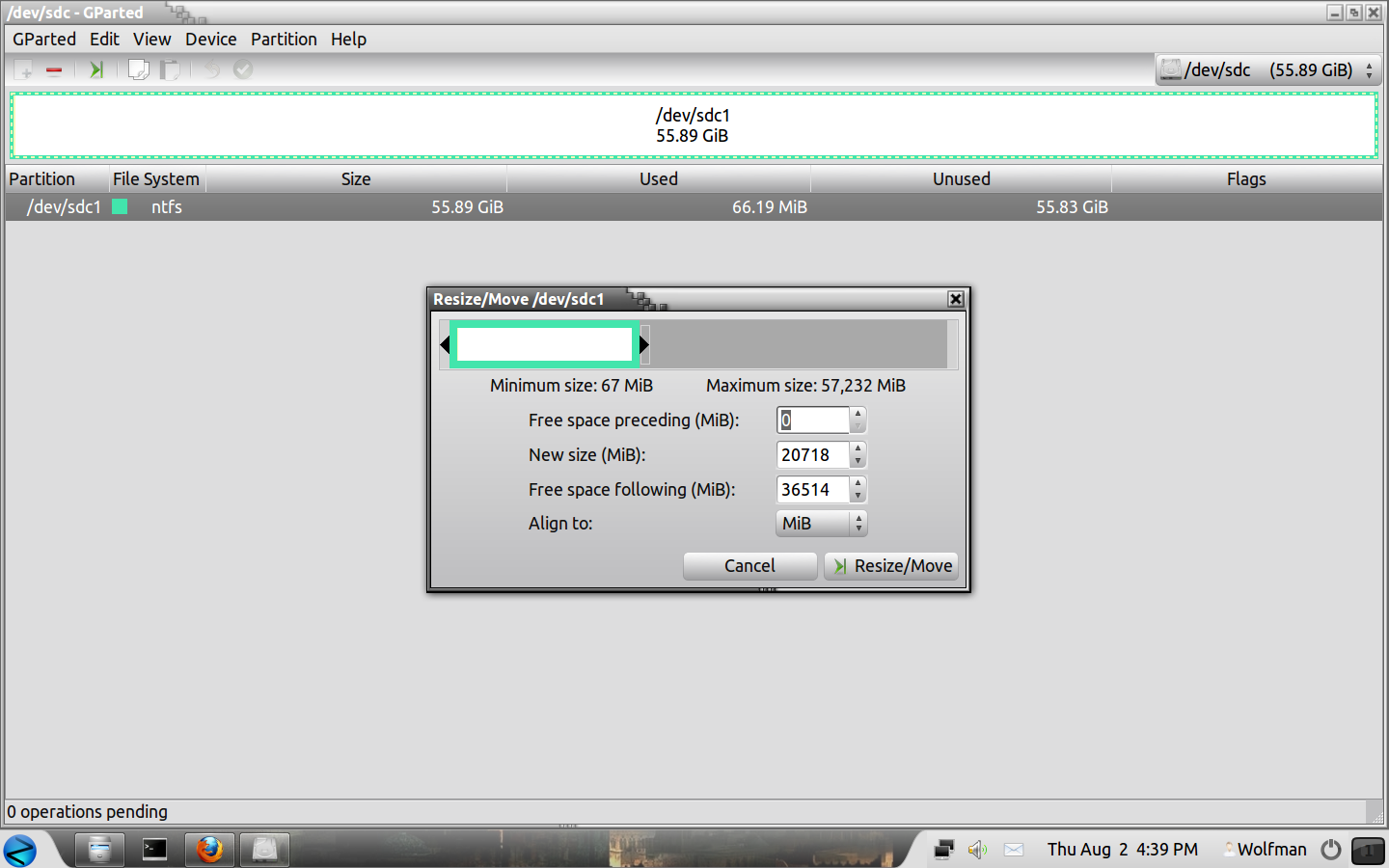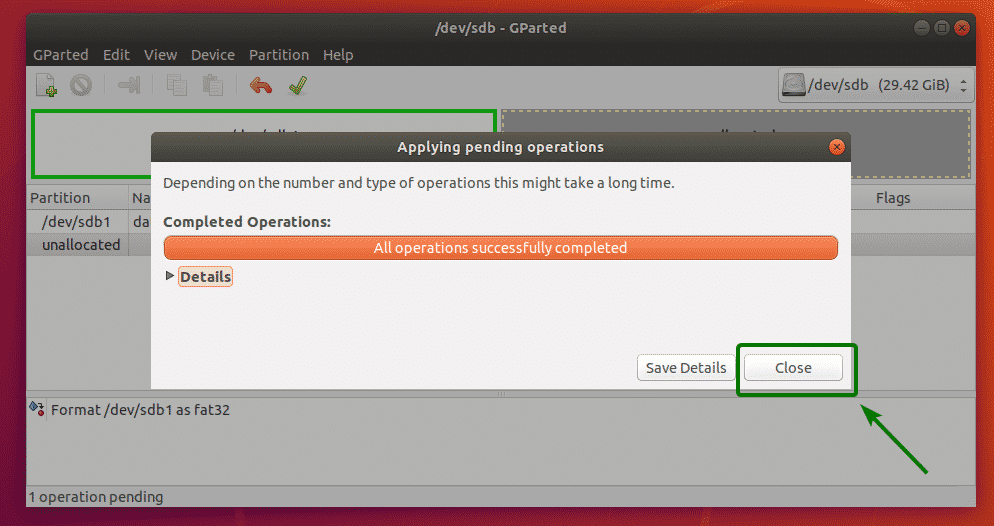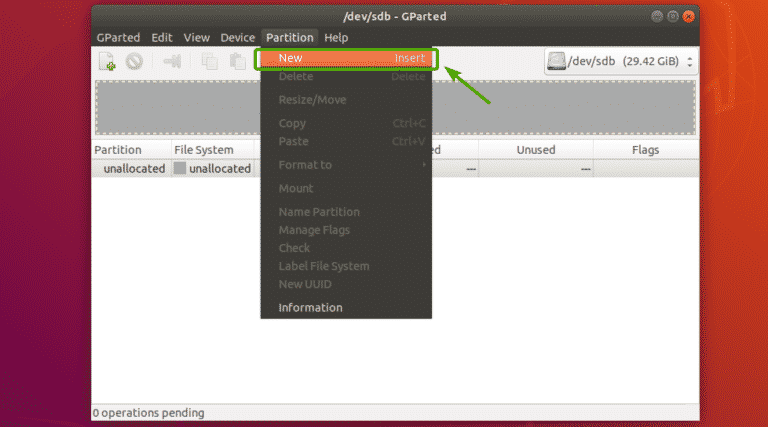

You will need a USB drive of 1 GB or more.

This means that you can boot from a USB drive and keep customisations such as keyboard layout, numlock, preferences, additional packages saved on the drive. It is possible to have Ubuntu or Kubuntu on a USB drive (AKA USB Stick or Thumb drive or Flash drive) or USB hard disk drive with persistent mode.

Installing Ubuntu on USB drive using Windows.Set the file system of partition 1 to FAT:.Method 3: Copying the ISO CD image to the USB drive.Method 2: hiding the ISO image in a partition in the USB drive.Method 1: Installing Ubuntu directly to USB drive from installer CD.Method 0: Automatically create Live USB system.


 0 kommentar(er)
0 kommentar(er)
